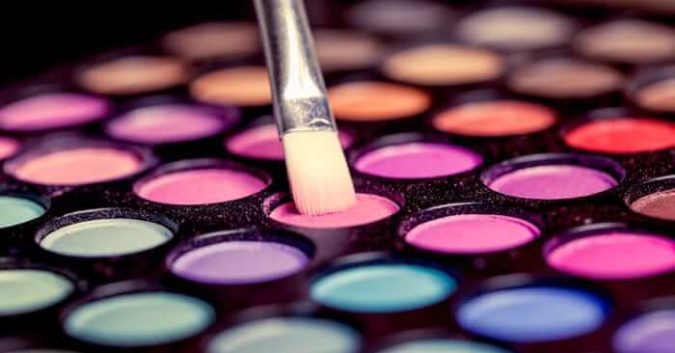In 2017, after receiving reports of asbestos in some cosmetics made by Claire’s and Justice, the Food and Drug Administration (FDA) conducted its own tests. This week, the FDA confirmed the presence of asbestos in product samples from both companies. Exposure to trace amounts of asbestos comes with the lifelong risk of developing mesothelioma and other cancers.
Regulators are especially concerned because Claire’s and Justice products are marketed to children and young girls. An FDA statement confirming the presence of asbestos drew attention to the fact that young people are “still in the formative years of development.” Introducing carcinogens into their growing bodies is simply unacceptable.
The statement was signed by Scott Gottlieb, the departing FDA Commissioner, and Susan Mayne, the Director of the Center for Food Safety and Applied Nutrition. Contaminated cosmetics pose a special risk because of how they are used. As noted in the statement:
“These products are used as part of daily beauty and cleansing routines, often times on the skin’s most sensitive areas, like the face, eyelids and lips. That’s why it’s so important that cosmetic products are safe, properly labeled and free of contamination.”
Unfortunately, 3 product samples collected from Claire’s and 1 from Justice tested positive for asbestos. Gottlieb and Mayne pointed to the results as evidence of the realistic limits of FDA oversight. Even when the agency confirms the presence of a known carcinogen, they do not have the authority to enforce the findings.
Claire’s Refuses to Recall Products — FDA Issues Safety Alert in Response
Justice issued an immediate voluntary recall after the 2017 findings, but Claire’s has yet to comply with the FDA request. The company pulled some of the makeup from shelves, but maintains that their products are safe.
In response to the FDA results, a spokeswoman for Claire’s said that all 3 items identified in the study had been “tested by multiple independent accredited laboratories, and all products were found to be compliant with all relevant safety regulations.”
The FDA does not have the authority to force Claire’s to pull the products. Instead, the agency issued a Safety Alert to consumers advising them not to use specific Claire’s cosmetic products:
- Claire’s Eye Shadows – Batch No/Lot No: 08/17
- Claire’s Compact Powder – Batch No/Lot No: 07/15
- Claire’s Contour Palette – Batch No/Lot No: 04/17
FDA testing showed these products, which have talc as an ingredient, were contaminated by tremolite asbestos.
The Dangers of Asbestos in Talc
Talc is a mineral that that occurs near asbestos in rock formations. During mining operations, it is very difficult to prevent asbestos fibers from contaminating talc. Because of the cancer risks posed by asbestos, the FDA does not allow any such contamination in talc destined to become consumer products.
Claire’s is not the only company struggling to prove their talc is free of asbestos. Johnson & Johnson has been subpoenaed by the federal government for covering up evidence of asbestos in their talc mines. Last year, the company lost several high profile lawsuits to women who alleged their ovarian cancer was caused by Johnson & Johnson baby powder.
Carcinogens have been detected in other consumer products — their detection in generic heart medication has kicked off the largest prescription drug recall in recent history. Gottlieb and Mayne have promised to “continue our work uncovering ingredients or products of concern and will take swift action to inform and advise consumers of any identified public health risks.”
In light of the lifetime risks associated with asbestos, the FDA also announced the formation of an interagency working group tasked with putting forward improved standards for talc testing. No one should have to worry that asbestos lurks in their cosmetics, powders, or other daily-use products.
Modernizing the FDA — Protecting Consumers in a Changing World
In the FDA statement, made the same week Gottlieb announced his resignation, he and Mayne talked about the need to modernize the FDA. They described the cosmetic industry as dynamic, “undergoing rapid expansion and innovation,” contrasting it with the law governing the FDA’s ability to provide oversight, which has “not been updated since it was first enacted in 1938.”
Whoever takes over the reigns of the FDA must be ready to continue this push for modernization. Like the cosmetic industry, many others are transforming daily. New drugs and medical devices seek approval and require aftermarket study. Supply chains now stretch around the globe and e-cigarette advertising can reach teenagers before parents can act.
Looking forward, the FDA needs to transition in order to keep up with the speed of change in the private sector. Laws designed decades ago cannot provide guidance in the modern world or preserve the agency’s “gold standard” reputation for protecting consumers.
